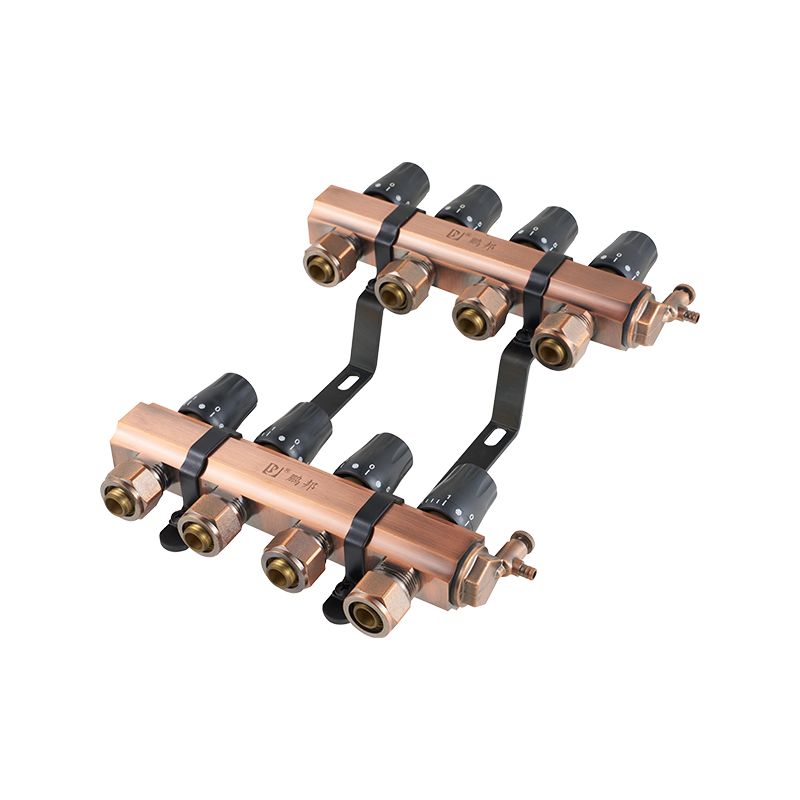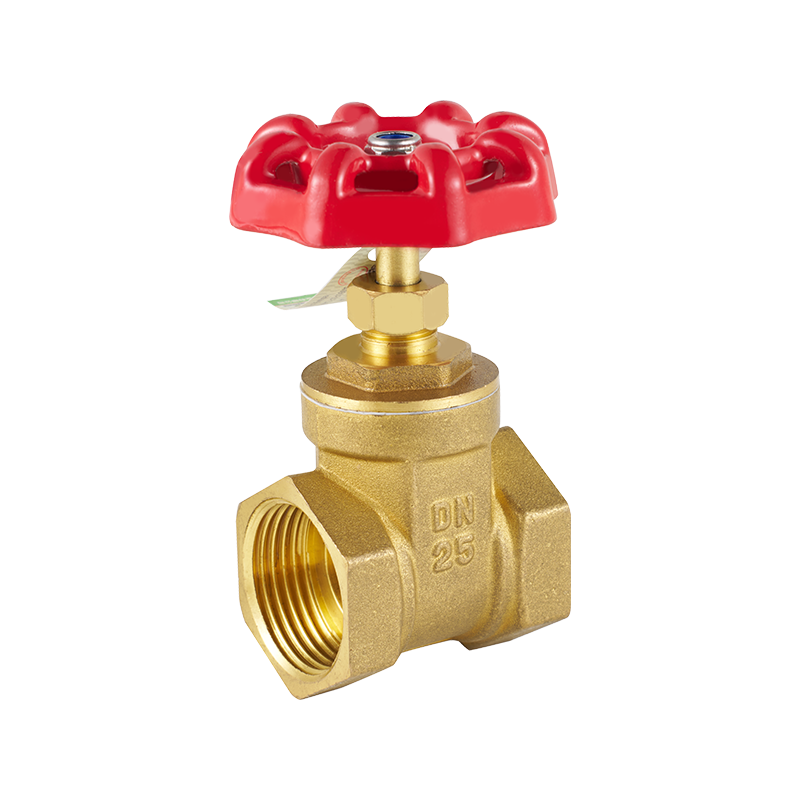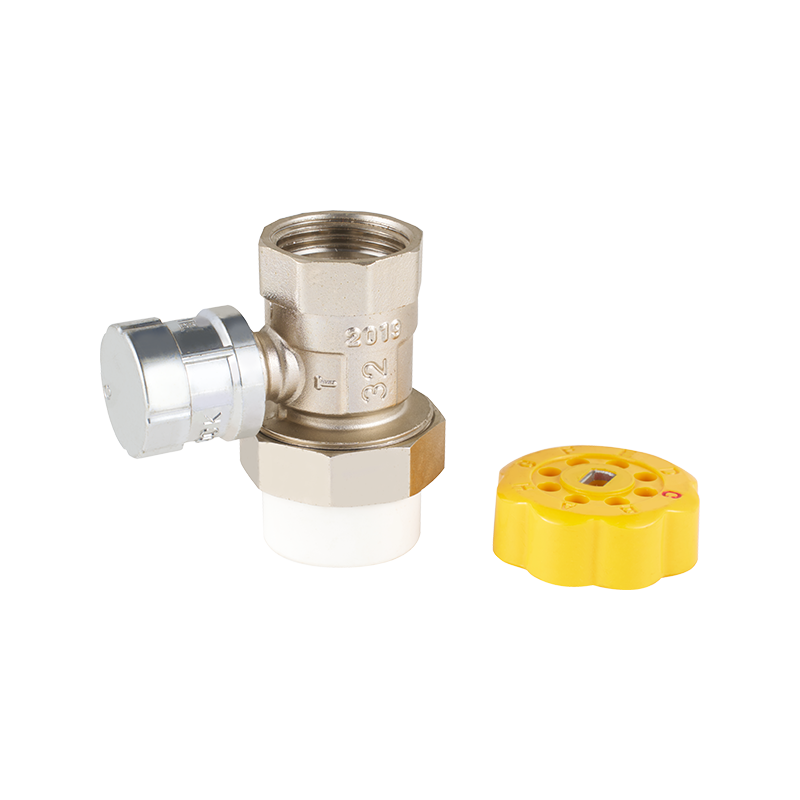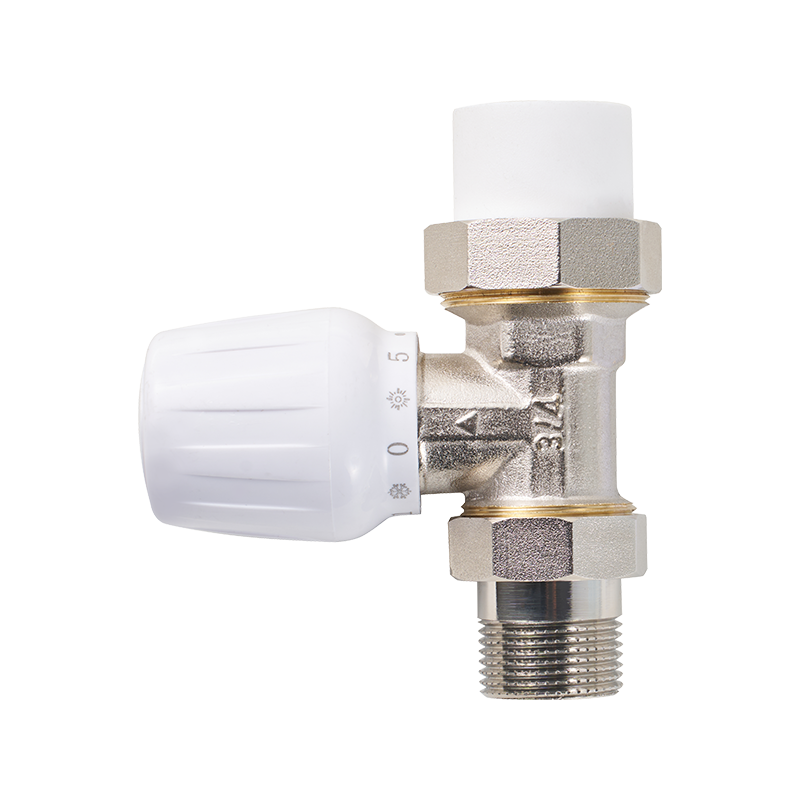Valves are a critical part of fluid control systems, serving as the gatekeepers that regulate flow, pressure, and direction in pipelines. Whether they're installed in a household plumbing network, an industrial water tube fitting setup, or a precision drip irrigation system, their long-term performance depends heavily on environmental factors—particularly temperature and pressure.

When selecting or installing a valve, many people focus on its size, connection type, or basic material composition. However, overlooking how operating conditions influence wear and tear can advance to premature failure or reduced efficiency over time.
Temperature Stress and Material Behavior
Each valve material—whether metal or plastic—has a temperature range where it functions reliably. When valves are exposed to temperatures beyond these limits, material degradation begins. In plastic-bodied valves, prolonged exposure to high heat can cause softening, deformation, or even cracks, especially around connection points like water tube fittings. Metal valves, while more resistant to heat, can still suffer from oxidation, scaling, or warping if exposed to constant high temperatures without proper ventilation or cooling mechanisms.
On the opposite end, badly cold environments can make materials brittle. A valve that is ideally functional in room temperature water systems might fail in an uninsulated pipeline during winter. Sudden temperature fluctuations—known as thermal cycling—are also a hidden threat. Expansion and contraction due to regular heating and cooling cycles create internal stresses, which over time advance to seal fatigue and leaks.
Pressure: The Silent Strain
While valves are rated for specific pressure ranges, real-world use often involves fluctuating conditions. Repeated pressure spikes, even if they remain within the rated upper limit, cause cumulative damage. This is particularly evident in systems involving a pressure reducing valve for gas, where regulation is vital to avoid bursts or mechanical overload.
Pressure directly affects the valve seat and internal seals. As pressure increases, so does the strain on sealing surfaces, which can eventually advance to misalignment or wear. For systems such as drip irrigation, where precision control is essential, a faulty shutoff valve caused by excessive pressure could result in uneven watering or wasted resources.
It's important to consider both static and dynamic pressure. Static pressure is the constant pressure present when the system is at rest, while dynamic pressure occurs during active flow. Valves that perform well under static pressure may still suffer under the stress of turbulent or high-speed flow conditions. This is especially true in systems using water tube fittings where directional changes increase flow turbulence, putting additional load on valve components.
Impact on Specialized Valves
Some valves, such as a drip irrigation shut off valve, are designed to work at low pressures. Subjecting them to even moderate pressure levels from upstream plumbing systems can result in mechanical failure. Similarly, a pressure-reducing valve for gas must be calibrated not just for efficiency but also for safety. Small deviations in pressure regulation could compromise performance or cause downstream system damage.
Extending Valve Lifespan Through Environment Awareness
Awareness of temperature and pressure conditions during both design and installation is key. Engineers and installers should consider insulation for pipelines exposed to outdoor or unregulated indoor temperatures. Pressure relief valves or regulators should be installed in high-pressure systems to avoid surges that could damage valves downstream.
Regular maintenance is also vital. Checking for corrosion, cracks, or wear in seals and gaskets helps catch early signs of temperature or pressure damage. In areas where temperature varies widely, flexible connections or expansion joints can reduce thermal stress on valve housings and water tube fittings.
In conclusion, even a lot of precisely manufactured valve can only perform as well as their environment allows. Understanding how temperature and pressure influence durability helps prevent unexpected failures, ensures smooth operation, and extends the functional life of all types of valves—whether in irrigation systems, household water lines, or industrial gas flow control setups.


 English
English русский
русский Español
Español عربى
عربى






 CONTACT US
CONTACT US